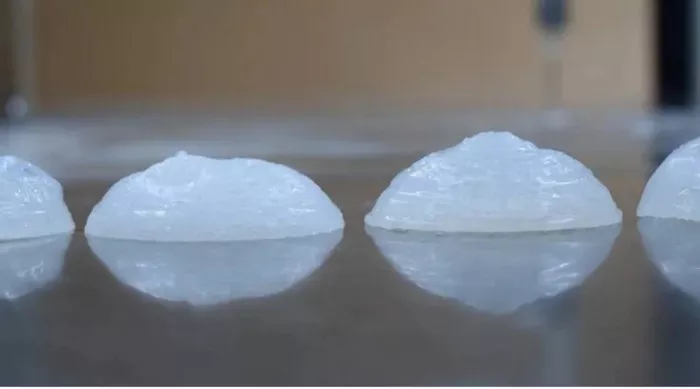Breast augmentation is a popular cosmetic procedure that involves the use of breast implants to enhance the size and shape of the breasts. When considering breast augmentation, one of the important decisions to make is the choice of implant type. Saline breast implants are one option available to patients, and understanding their safety is crucial. In this article, we will explore the safety of saline breast implants, including their benefits and potential drawbacks.
What are Saline Breast Implants?
Saline breast implants are composed of a silicone shell filled with a sterile saline solution. These implants are inserted into the breast tissue to increase volume and improve breast contour. Saline implants are available in different sizes and shapes to meet individual patient needs.
Safety Considerations
When evaluating the safety of saline breast implants, it is important to consider various factors, including their track record, potential risks, and benefits. Here are the key aspects to consider:
1. Track Record
Saline breast implants have been used in breast augmentation surgeries for many years. They have a long history of use and have undergone rigorous testing and evaluation by regulatory bodies such as the Food and Drug Administration (FDA) in the United States. The established track record of saline implants provides some assurance of their safety.
2. Rupture Detection
One advantage of saline breast implants is that in the event of a rupture or leak, the saline solution is harmlessly absorbed by the body. Unlike silicone implants, which require periodic monitoring with imaging techniques to detect ruptures, saline implant ruptures are typically more easily noticeable. The deflation of a saline implant is often apparent as the affected breast loses volume and changes shape. Early detection allows for timely intervention and replacement of the implant.
3. Surgical Procedure
The safety of saline breast implants also depends on the surgical procedure itself. It is essential to have the procedure performed by a qualified and experienced plastic surgeon who adheres to proper surgical techniques and follows strict sterile protocols. Choosing a reputable surgeon with a proven track record significantly contributes to the overall safety of the procedure.
4. Potential Risks
Like any surgical procedure, breast augmentation with saline implants carries some potential risks. These risks include infection, bleeding, adverse reactions to anesthesia, scarring, changes in nipple or breast sensation, and capsular contracture. Capsular contracture is a condition in which scar tissue forms around the implant, causing the breast to feel firm and potentially distort its appearance. However, the risk of capsular contracture may be lower with saline implants compared to silicone implants.
Benefits of Saline Breast Implants
Saline breast implants offer several benefits that contribute to their popularity among patients. These benefits include:
1. Adjustable Size
One advantage of saline implants is the ability to adjust their size during the surgery. Since the implants are filled with saline solution after insertion, the surgeon can make precise adjustments to achieve the desired breast size and symmetry. This flexibility can be particularly beneficial for patients who have slight differences in breast size or shape.
2. Natural Feel
Saline breast implants tend to have a firmer feel compared to silicone implants. However, some patients appreciate the natural movement and feel of saline implants, especially those who prefer a more pronounced fullness or those who have ample existing breast tissue.
3. Lower Cost
Saline implants are typically less expensive than silicone implants. This cost difference can make them a more accessible option for patients who are on a budget or prefer a more affordable alternative.
4. Peace of Mind
The ability to quickly detect a rupture in a saline implant can provide peace of mind for some patients. The visible signs of deflation make it easier to identify a problem and seek appropriate medical attention promptly.
Considerations and Personal Factors
It is important to consider individual factors when deciding whether saline breast implants are the right choice for you. These factors include personal preferences, body type, breast tissue characteristics, and the advice of your plastic surgeon. A comprehensive consultation with a qualified plastic surgeon is essential to discuss your goals, evaluate your specific circumstances, and determine the most suitable implant type for your desired outcome.
Conclusion
Saline breast implants have a long history of use and have been deemed safe by regulatory bodies. They offer certain advantages such as adjustable sizing, natural feel, lower cost, and the ability to detect ruptures easily. However, as with any surgical procedure, it is essential to understand the potential risks and consider individual factors.
Choosing the right breast implant type is a personal decision that should be made in consultation with a skilled plastic surgeon. Your surgeon will evaluate your unique circumstances, discuss your goals, and guide you towards the safest and most appropriate option for your desired breast augmentation results.


